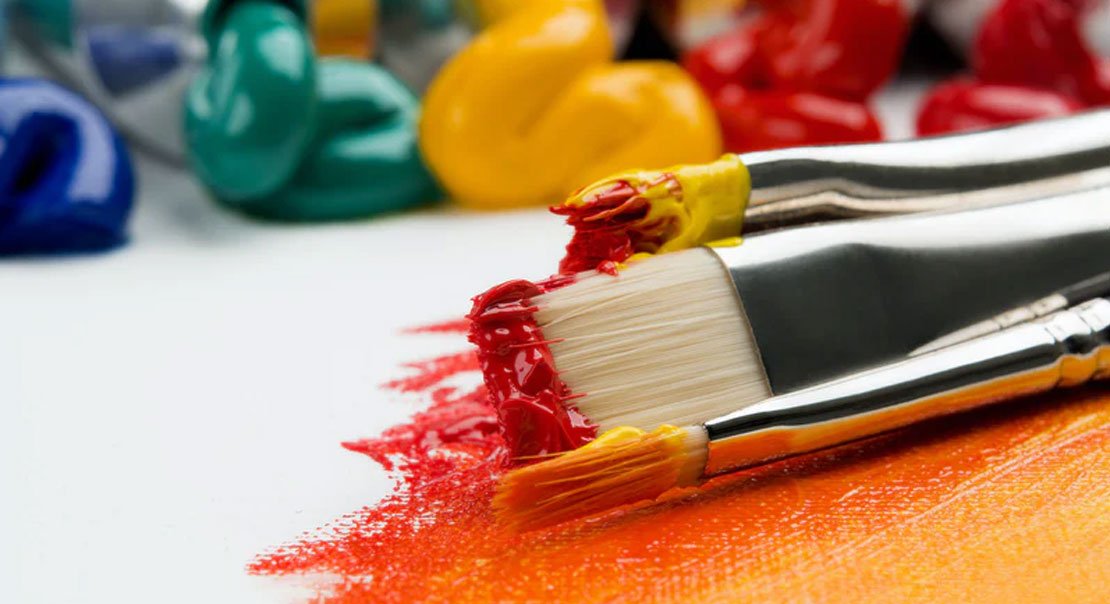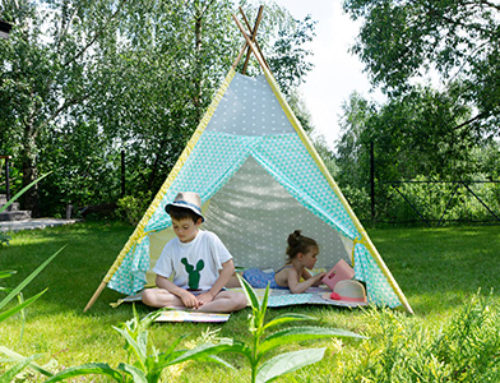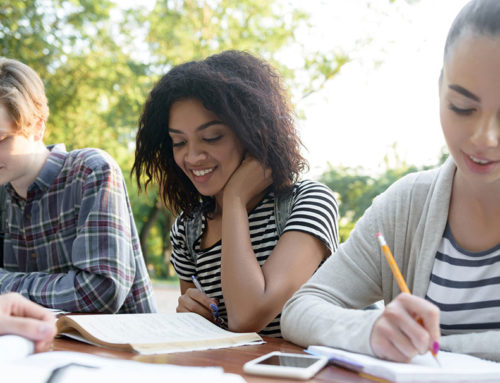
Every young person deserves a complete and competitive education that includes the arts. America’s global structure, culture of innovation, and entrepreneurial spirit depends on the strength of a world-class education.
Sufficient data exists to overwhelmingly support the belief that study and participation in the fine arts is a key component in improving learning throughout all academic areas.
Arts education increases student engagement
The arts is hands-on, has immediate rewards, focuses on positive achievements, develops concrete products and fosters collaboration. The arts provide many opportunities for students to demonstrate their skills through authentic performance. The arts enable children to grow in confidence and learn how to think positively about themselves and learning. Arts education helps make learning matter to students by giving them a medium to connect new knowledge to personal experiences and express what they have learned to others.
Children learn positive habits, behaviors and attitudes
Arts education helps foster a positive culture and climate in schools.
When schools integrate the arts across the curriculum, disciplinary referrals decrease while effectiveness of instruction and teachers’ ability to meet the needs of all students increase.
Learning a musical instrument, creating a painting, learning to dance, or singing in a chorus teaches that taking small steps, practicing to improve, being persistent, and being patient are important for children’s growth and improvement. Students gain confidence as they try to accomplish things that do not come easily. Learning an artistic discipline helps young people develop character. Students learn habits, behaviors and attitudes that are necessary for success in any field of endeavor.
arts in classical education Arts enhance creativity
Arts education develops creativity, one of the top five skills employers prize for the 21st century. Students receiving an arts-rich education perform better on assessments of creativity than do students receiving little or no arts education. Performing arts students, for example, show greater flexibility and adaptability in thinking than their peers. Imagine classes in which students create original artwork filled with color that displays a creative use of space, developing their own rhythms, or writing and producing their own plays. These classes provide a wonderful environment for fostering creativity, which is an important skill to have in a rapidly changing world.
Students sharpen critical intellectual skills
The arts foster higher levels of thinking that carry over to learning other academic subjects as well as to life outside of school. Through the arts, children learn to observe, interpret, see different perspectives, analyze, and synthesize. In a world where students must frequently wade through a sea of information to determine which facts are trustworthy and relevant to a particular topic, critical thinking skills are key to college readiness and lifelong learning.
arts educationArts teach methods for learning language skills
As students learn to read notes, compose music, play an instrument, memorize dance steps, create a painting, and act in a drama, they are also learning how to develop new concepts, build vocabulary and understand a new language.
Arts help students learn mathematics
The arts require measurement, number manipulation, and proportional thinking, all of which foster mathematical thinking. Students also learn patterns (musical rhythms and dance patterns), spatial and geometric relationships (visual art patterns) and three dimensional skills (making clay models). Students who study the arts, especially music, outperform their non-arts peers on mathematics assessments. Arts integrated math instruction also facilitates mastery of computation and estimation skills, and challenging concepts like fractions.


